

Damion Smy
Toyota exporting US-built cars to Japan after Trump criticism
2 Days Ago

News Editor
Ford will reportedly produce its upcoming plug-in hybrid Ranger at its Silverton, South Africa plant.
Cars.co.za cites a Ford engineer’s LinkedIn profile which lists her as working on “Ford Ranger – PHEV vehicle – battery pack assembly process for Ford – South Africa Silverton plant”.
A post on Ford’s global careers website also says the company is looking for a battery assembly engineering controls specialist in South Africa.
At the reveal of the Ranger PHEV last month, Ford Australia CEO Andrew Birkic said, “We’re not going to discuss source today.” Ford Australia has provided no further comment on sourcing.
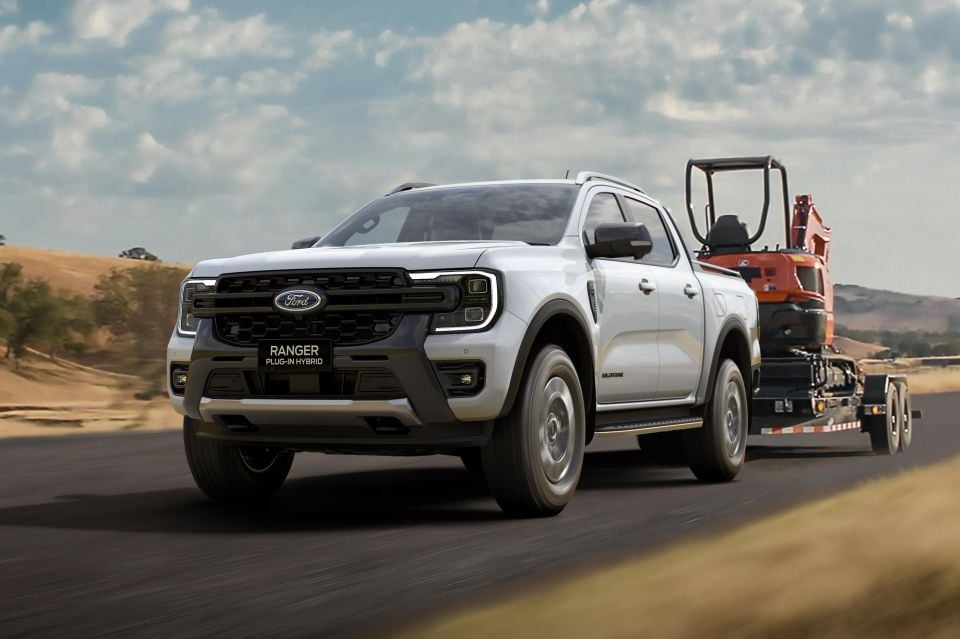
The electrified ute won’t arrive in Australia until early 2025, with production beginning in the fourth quarter of 2024.
Ford doesn’t currently produce any petrol Ranger models in Thailand, besides the Raptor, which is where the entire Australian-market range is currently sourced from.
Silverton does, however, produce the related Volkswagen Amarok for our market, including the TSI452 Aventura which packs a turbocharged 2.3-litre four-cylinder petrol engine like the forthcoming Ranger PHEV. It also produces Rangers for export to Europe.
The 2.3T isn’t currently manufactured in South Africa, instead being shipped from Spain, though the output of Ford’s Struandale engine plant has in recent years grown to include three different engine families.
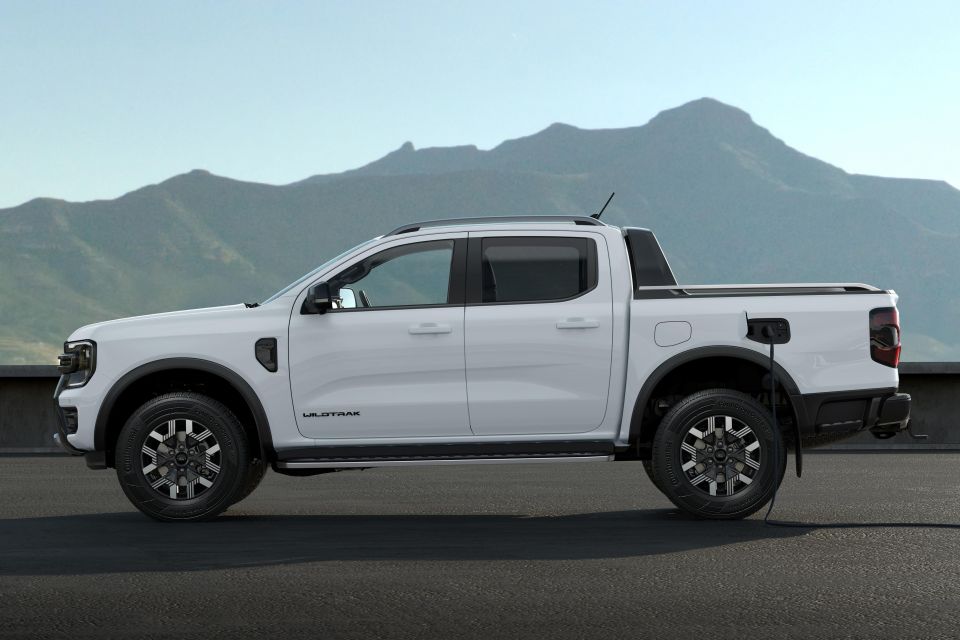
Engineering News reports it’s the only Ford plant in the world to produce both in-line and V-configuration engines, as well as a combination of four-, five- and six-cylinder powerplants, on a single line.
Sourcing the Ranger PHEV from South Africa instead of Thailand, however, would mean it then would be subject to a five per cent import tariff, as Australia doesn’t currently have a free-trade agreement with South Africa.
That would further add to an expected premium for the PHEV powertrain, considering PHEVs are often $10-15,000 more expensive than comparable combustion-powered models.
Ford revealed the Ranger PHEV in Wildtrak trim, but has yet to confirm which grades it will be offered in for Australia.
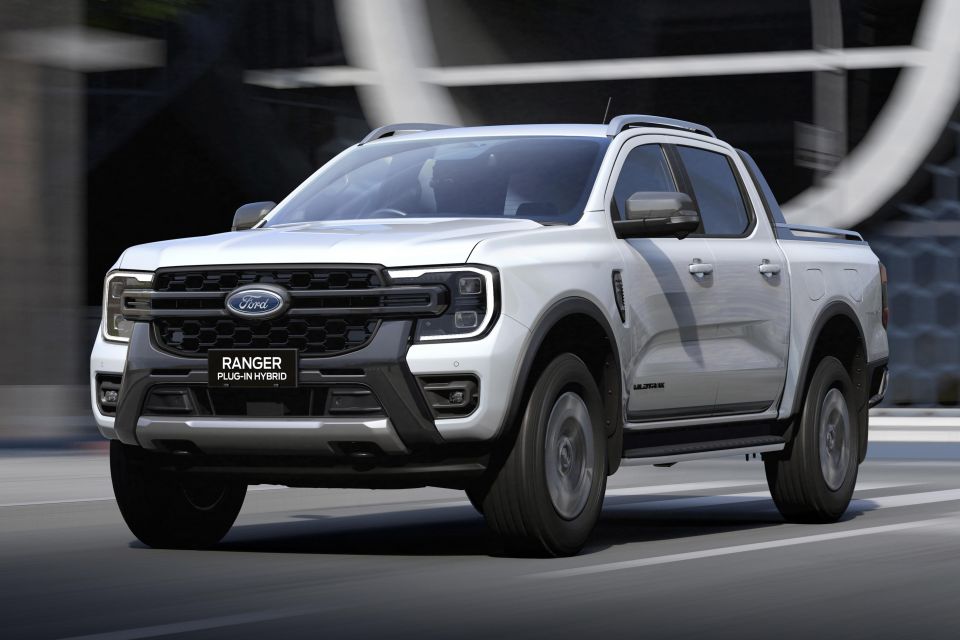
There’s a possibility a PHEV variant could become the most expensive member of the Ranger line, potentially pushing past the turbo-diesel V6 Platinum, priced at $79,390 before on-roads, and the Ranger Raptor, priced at $89,190 before on-roads.
The Ranger PHEV will be sold in Australia, New Zealand and Europe, though Ford has yet to confirm its availability in other markets.
The electrified Ranger uses a turbocharged 2.3-litre four-cylinder petrol engine mated with an electric motor and a high-voltage battery.
The electric motor sends power through Ford’s Modular Hybrid Transmission, and the Ranger PHEV can be driven as a parallel hybrid or on pure electric power.
It has a claimed electric range of more than 45km on the stricter WLTP cycle.
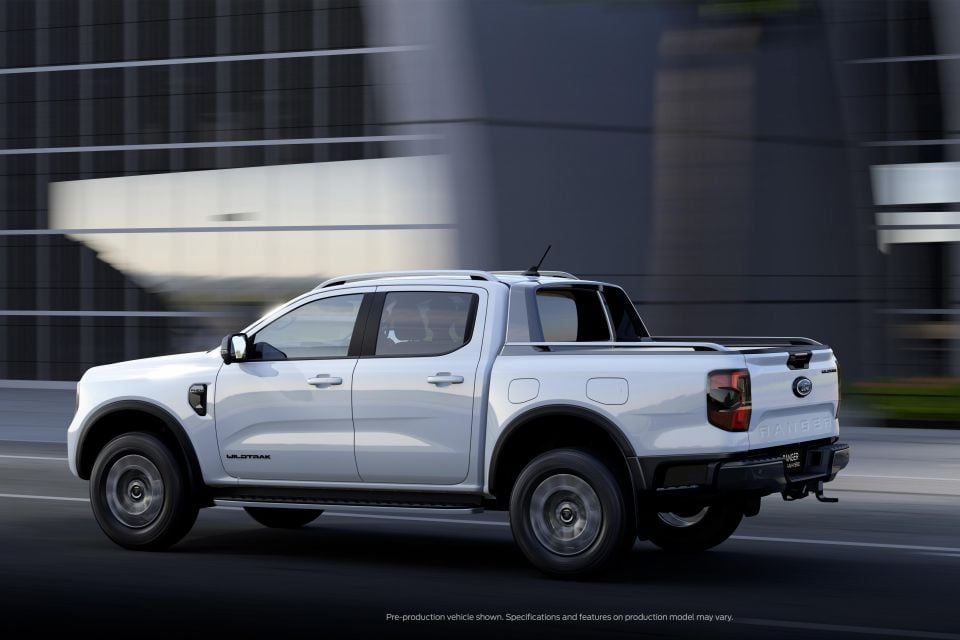
Braked towing capacity is 3500kg, just like the rest of the Ranger line – important, as Ford says 86 per cent of Ranger owners tow.
Ford hasn’t confirmed the battery size or power and torque outputs of the Ranger PHEV, other than to confirm it will offer more torque than any other Ranger.
The torquiest Ranger presently is the 3.0-litre turbo-diesel V6, which produces 600Nm. Ford offers a turbocharged 2.3-litre four-cylinder in other markets without the plug-in hybrid system, and this produces 201kW and 420Nm.
The rear frame has additional bracing to support the battery, and a charging point has been fitted alongside the fuel filler.
Ford also says it uses heavy-duty suspension, while the steering has been retuned.
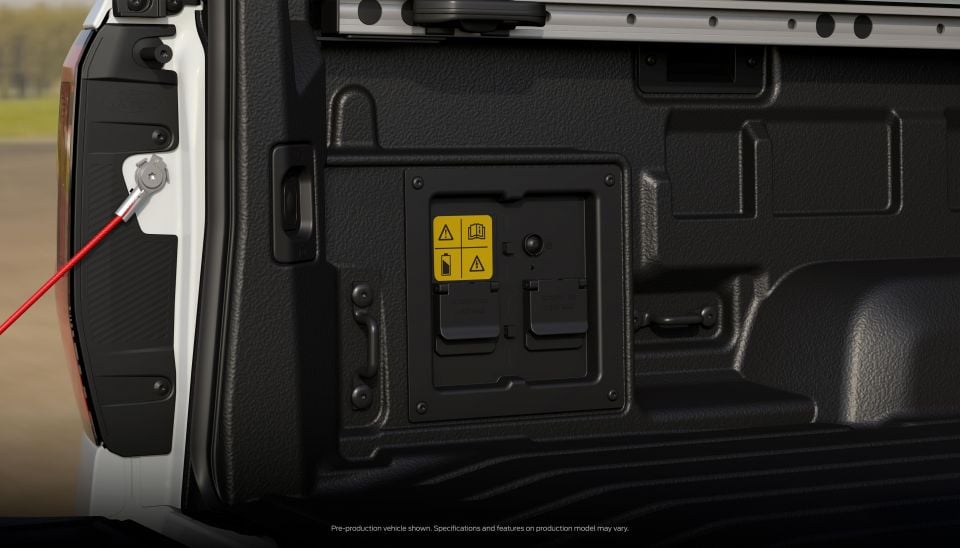
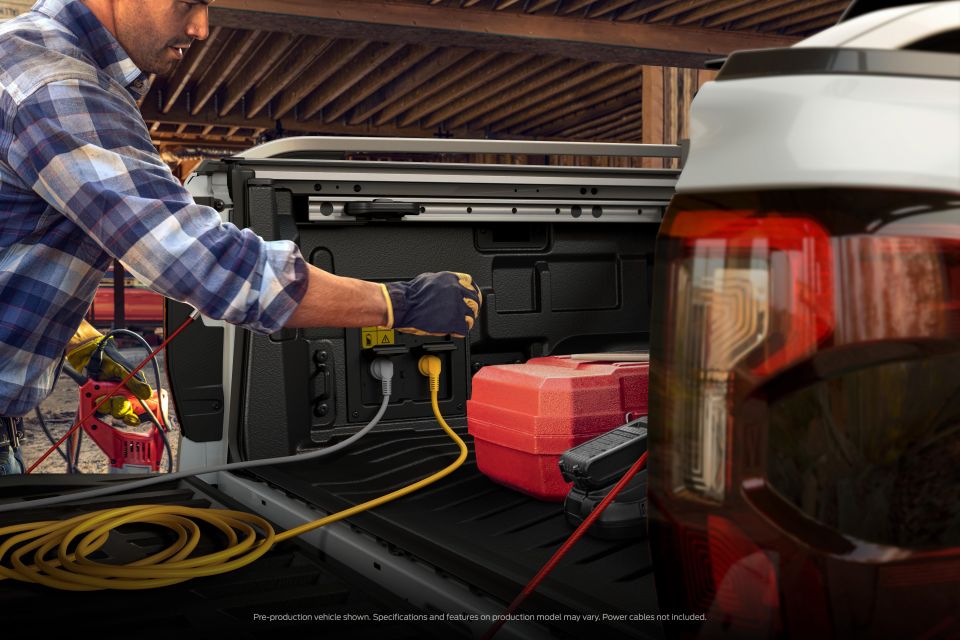
The company hasn’t confirmed a payload figure, other than to say there’s “no lessening of the payload… versus what we have on today’s line-up”.
Four-wheel drive is standard, and there will be a range of PHEV-specific modes: EV Auto, the default mode that taps the petrol engine as necessary; EV Now, which uses only the electric motor; and EV Charge, which uses the engine to charge the battery.
The Ranger PHEV will offer Pro Power Onboard, like on the electric F-150 Lightning. This allows customers to power tools and appliances using the vehicle’s battery, effectively allowing the Ranger PHEV to be used as a generator.
A single 10a 240V outlet is located in the cabin, with two 10a 240V outlets in the tub.
All of the physical testing of the electrified Ranger has been conducted in Victoria, as Ford Australia has led development.
The Ranger PHEV will be Ford Australia’s second PHEV, after the electrified Escape that will be discontinued this year.
Ford is rolling out a range of electric vehicles. The E-Transit came this year, the Mustang Mach-E will follow before the end of 2024, and the E-Transit Custom and Puma BEV are due next year.
The company says it has nothing to share on the long-rumoured Everest PHEV.
MORE: Everything Ford Ranger
Where expert car reviews meet expert car buying – CarExpert gives you trusted advice, personalised service and real savings on your next new car.
William Stopford is an automotive journalist with a passion for mainstream cars, automotive history and overseas auto markets.


Damion Smy
2 Days Ago


Ben Zachariah
4 Days Ago


James Wong
10 Days Ago


Ben Zachariah
11 Days Ago
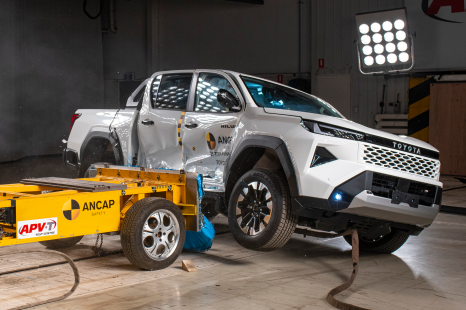

William Stopford
11 Days Ago
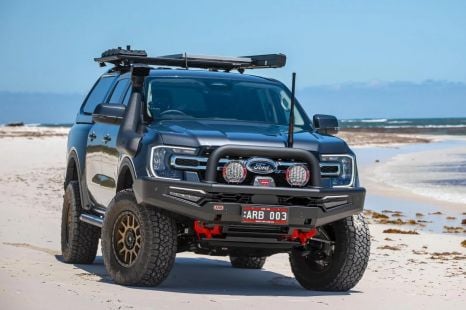

William Stopford
11 Days Ago